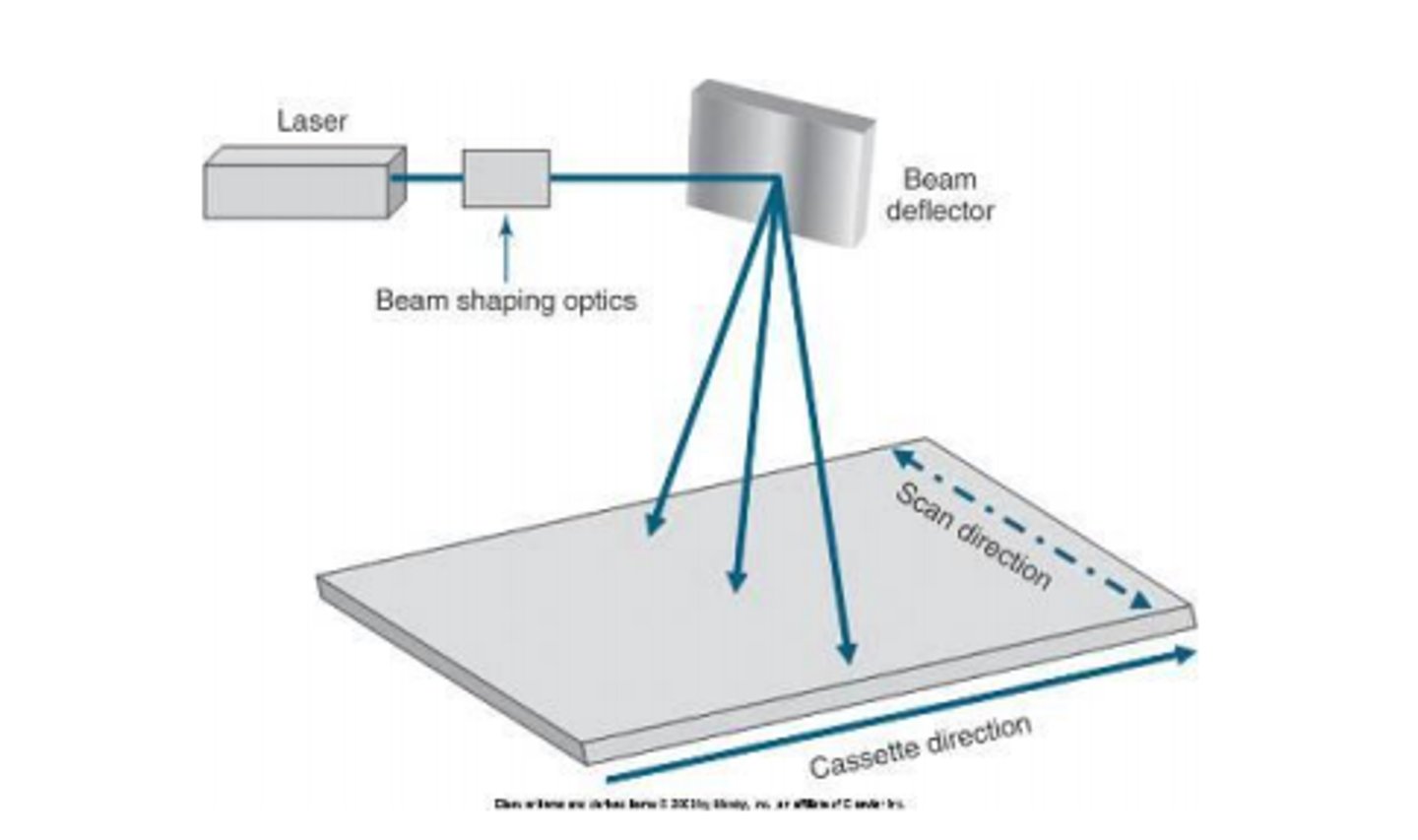Cell Biology Midterm 1
1/27
There's no tags or description
Looks like no tags are added yet.
Name | Mastery | Learn | Test | Matching | Spaced |
|---|
No study sessions yet.
28 Terms
3 Tenets of Cell Theory
Theodor Schwann (names not asked)
1. All organisms composed of one or more cells
2. Cells are the structural unit of life
Rudolf Virchow
3. Cells come from pre-existing cells.
6 defining features of cells
1. self-containment, very organized
2. Metabolism
3. Growth
4. Genetic info and heredity
5. Reproduction and selection
6. Response to environmental stimuli
Proposed theory of aerobic Eukaryotes
anarobic prokaryotic cell engulfs another aerobic cell and then the membrane of the anarobe pinches in. Produces ER, nuclear membrane, and mitochondria. Also chloroplast in the same way.
Proof of single origin of life?
1. All organisms use the same genetic code with minor variation to translate DNA into proteins.
2. Similarity in Cellular metabolism and processes. ATP (energy), NADH (electron glues). glycolysis, citric acid cycle,
What does a single origin of life imply?
1. Understanding of one organism can be used for other. Cures for human diseases
2. All life forms connected, evolutionary continuity. Proves evolution.
Types of Bonds/Chemical interactions
Covalent (peptide, proteins; phosphodiester, DNA/RNA; Glycosidic, Carbs; Ester, lipids)
Hydrogen (base pairing)
Ionic (enzyme substrate)
Van der Waals (dipoles, happens to most, packing lipids in membrane, also helps protein folding)
Hydrophobic interactions (lipid bilayer, protein folding)
Macromolecules
maco, made of small units (monomers)
Nucleic acids (nucleotides)
Protein (amino acids)
Carbohydrates (monosaccharides)
Lipids (Fatty acids)
RNA and DNA differences
Differences:
DNA is double stranded (single stranded is unstable) while RNA is single stranded
DNA has T while RNA has U
RNA is flexible, more reactive (OH group, more hydrophilic)
Amphipathic
having both a hydrophilic region and a hydrophobic region
triglyceride structure
glycerol + 3 fatty acids. Phosphates can be at the top which can attach polar groups.
Lipids uses
Source of energy and storage
Essential oils (vitamins, omega oils)
Pigments for light storage (carotenoids, tocopherol)
amino acid structure
alpha carbon attached to amino group, carboxylic acid group, hydrogen, r group. R group dictates differences.
categories of amino acids
nonpolar, polar, charged (basic or acidic, Lys+, Arg+, Glu-, Asp-)
How to fold correctly as proteins?
1. hydrogen bonding
2. Hydrophobic interactions
protein secondary structure
alpha helix: hydrogen bonds every 4 AA, stable yet flexible
Beta-pleated sheet: hydrogen bonds between adjacent strands. parallel and antiparallel.
Special cases of secondary structure
coiled coil: two mixed. Amphipathic
Transmembrane: in the membrane, fully hydrophobic
Chaperones
help proteins fold and find tertiary structure correctly by masking hydrophobic areas
tertiary and quaternary
tertiary: 3D shape, Enzyme active sites, ligand binding sites (antibodies)
Quaternary: multiple polypeptides (ex. cooperative binding of oxygen in hemoglobin)
Also disulfide bonds (cystein) and van der waals
What makes budding yeast and green alga good model systems?
They are unicellular, free-living, lab friendly, genetically traceable, and have shared featues with humans and crops.
Budding yeast: cell fundamentals, disease, synthetic biology models.
Green alga: motility, photosynthesis, environmental response
Light microscopy
Uses light, focuses it on specimen.
Cons:
Limited resolution (0.2 micrometer)
needs to be thin as optical diffraction happens
Visualization methods
1. Staining
2. special optics (phase contrast, glow; differential interference-contrast, shadow)1

Fluorescence
light hits, light emitted. Cells not fluorescent but can be tagged. Green fluorescent protein allows this. Fluorescence microscopy.
Fluorescence microscopy
pros:
specific
sensitive
Electron microscopy
Uses electrons. Same problems as LM, except has better resolution (less than 1 nm)
Traditionally: fix (fixatives, preserve) and slice. Uses heavy metal (gold) staining to deflect electrons
Cool way: cryofixation, no chem fixatives
How to tag specific molecules?
fluorescence
antibody (tagged with fluorophore (FM), or hard metals (EM). called immuno staining)
epitope tags (short peptides)
Biotin tagging (humans cant synthesize)
Use of tags to localize
Immuno staining: visualize location of specific protein
Western blotting: Detects and quantifies specific proteins
Flow cytometry: analyzes and sorts cells based on protein expression
Uses of tags to isolate
Immunoprecipitation (IP) isolate specific protein or complex
Affinity chromatography: purify specific protein or protein complex
How many possible codons?
64 (4^3)
degenerate since 20 amino acids
AUG for start
UAA UAG UGA for stop